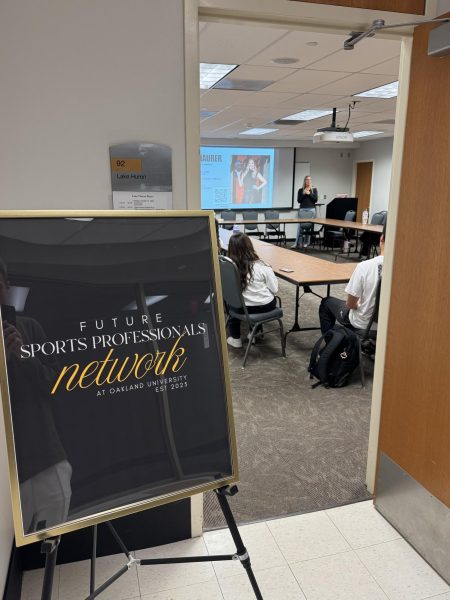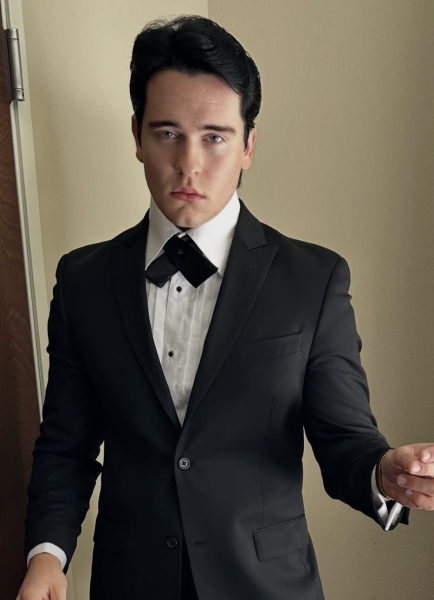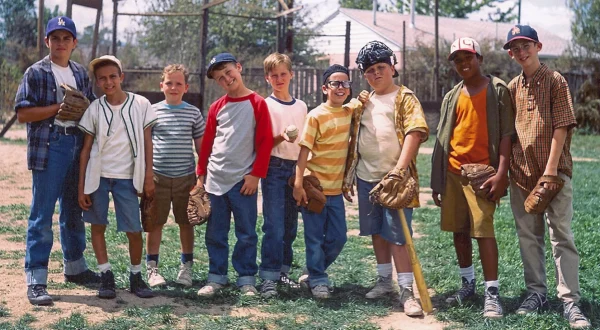Movie Review – “Gatsby” is Great
It is an incredibly rare occurrence for a movie based on a book to even be able to hold a candle to the original novel. The norm for these kinds of movies, or as I call it, the “book-to-film adaptation rule” is a generally negative reaction, an onslaught of comments like, “The book was better,” and a slew of movie critics dismissing it as an attempt to ride on the book’s coattails.
The original, “The Great Gatsby,” was a novel written by F. Scott Fitzgerald in 1925. The 2013 film remake,
directed by Baz Luhrmann and starring Tobey Maguire, Leonardo DiCaprio and Carey Mulligan, is one of those rare exceptions to the rule.
Much like his 1996 gangland version of “Romeo and Juliet,” Luhrmann’s “Gatsby” is a mixed drink with a base of a classic tale, mixed with a modernist perspective, topped with perfect casting, extremely convincing acting and a soundtrack that screams “Oscar-worthy,” and dusted with, albeit repetitive, beautiful cinematography.
The film opens as the novel does. Nick Carraway, the optimistic, conflicted, innocent protagonist and narrator played by Tobey Maguire, reflects on his life, writing, “In my younger and more vulnerable years, my father gave me some advice that I’ve been turning over in my mind ever since.” Periodically throughout the film, Luhrmann returns to the text of Fitzgerald’s original novel, providing authenticity to his unique interpretation of the novel.
Maguire’s portrayal of Nick Carraway is unique. Maguire portrays the first half of Carraway, the shy, out-of-place newcomer, with an understanding that can only come from extensive study of the novel. His portrayal of the risk-taking side of Carraway is made to appear that Maguire himself is afraid of what Carraway is becoming, which adds to the emotion of the film.
Title character Jay Gatsby, the eccentric, selfish, morally questionable, naïve helpless romantic, is played by Leonardo DiCaprio in one of his most complex roles to date. When you think of a movie starring DiCaprio, you do not picture a character with zero lines of dialogue for about a quarter of the film. But, staying true to the novel, DiCaprio’s dialogue starts late in the movie, with aloof one-liners overpowering the few profound conversations he has. But, over time he becomes the DiCaprio you expect, with powerful emotional spouts, and an expertly displayed understanding of a troubled, emotionally damaged man.
But Carey Mulligan, as the shallow, malleable cynic Daisy Buchanan, along with her adulterer husband Tom, played by Joel Edgerton, steal the screen without a question.
Mulligan, who starred in the 2011 film “Drive”, speaks the lines from the book as if they were from her own mind, musing, “… that’s the best thing a girl can be in this world, a beautiful little fool,” sending shivers down your spine as the camera focuses in on her deep but distant eyes, gazing straight through the other characters as if she actually were Daisy Buchanan.
Edgerton matches DiCaprio’s intensity and rage as Tom Buchanan, almost as if he were still on the set of his 2011 film, “The Warrior.” As the film progresses and Luhrmann’s direction of the movie’s pace jumps faster and faster, Edgerton does not miss a beat.
An important thing of note in the film is the emotional contribution of the score. Luhrmann’s blending of diegetic and non-diegetic sound can only be described as ingenious. His daring choice of, among others, Jay-Z, Florence and the Machine and Jack White, demonstrates a strong vision for the pace and speed of his “Gatsby” to be the hare to the tortoise of Fitzgerald’s original version.
In one particularly strong scene, where Carraway first attends a party at Gatsby’s mansion, lies a perfect example of Lurhmann’s understanding and appreciation of the auditory component of an award-winning film. A jazz band plays a classic roaring 20’s party tune, while the score of an orchestral version of “Crazy in Love” fades in and out over the music, blending the visual component of the roaring 20’s with the sound of house music in a club in downtown Manhattan.
The cinematography of the film bears a huge positive and a slight negative. The creative long zoom shots and the sharp jump cuts are extremely well done and the ultra-wide tracking shots are tastefully pulled off, and Luhrmann’s utilization of empty space and symmetry is admirable. But… it gets old after a while. I’m not saying that you grow to become annoyed of these shots, but Luhrmann could have varied it up a little by the end.
The casting of this film, especially of the main quartet, is all but perfect. DiCaprio, Maguire, Mulligan and Edgerton do not simply play their roles in, “The Great Gatsby.” As long as you sit in that theater, they become their roles. The acting, the pacing and the soundtrack of the film serve to complement Luhrmann’s revolutionary diegesis of a classic tale.
Just as Carraway refers to Gatsby’s smile as the kind of smile one only sees a few times in life, Luhrmann’s “The Great Gatsby” is the kind of film adaptation you only see a few times in life. The original novel poses questions of the validity and the reality of ‘The American Dream.’ While I can’t answer that question, I can say this: I will not go to bed and dream about anything at all until I go see this movie again. And you should join me.
“The Great Gatsby” is rated PG-13 and runs for two hours and 10 minutes, and receives three and a half out of four stars.
You can contact Managing Visual Editor Dylan Dulberg at [email protected], or follow him on Twitter @dyldude64








